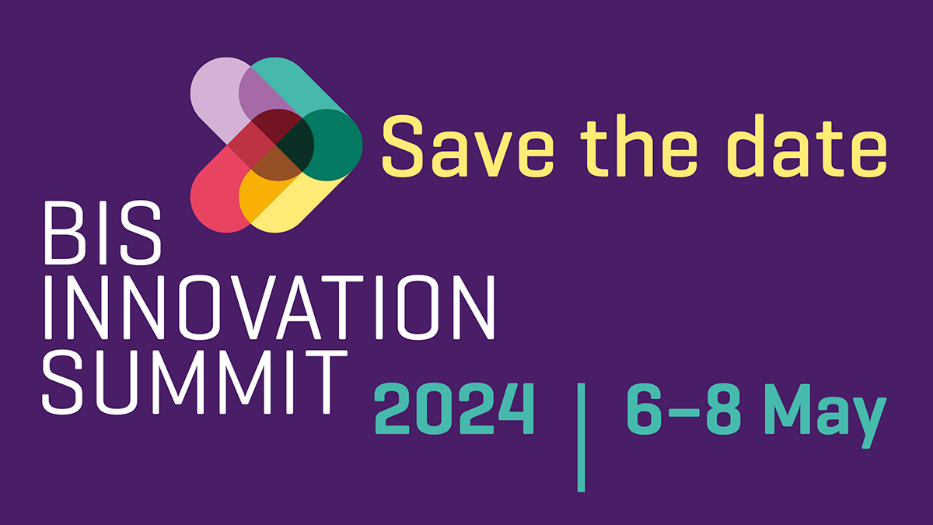
Disclaimer: Copyright infringement not intended.
Context
- Governor Shaktikanta Das's remarks at the BIS Innovation Summit shed light on various aspects of India's central bank digital currency (CBDC), offering insights into its design, privacy considerations, and adoption strategies.
ALL ABOUT CBDC: https://www.iasgyan.in/daily-current-affairs/central-bank-digital-currency-cbdc
ALL ABOUT e-RUPI: https://www.iasgyan.in/daily-current-affairs/digital-rupee-or-e-rupee
HIGHLIGHTS OF THE SUMMIT
Anonymity and Privacy Concerns
- RBIaddressed the pressing issue of anonymity and privacy associated with CBDC transactions.
- He emphasized the need for solutions that preserve user privacy while ensuring regulatory compliance.
Permanent Deletion of Transactions
- RBI proposed the idea of permanently deleting transactions to enhance anonymity, drawing parallels with the anonymity provided by physical cash transactions.
- This approach highlights the importance of striking a balance between privacy and transparency in the digital currency ecosystem.
Legislation and Technology Solutions
- RBI underscored the role of legislation and technological innovations in addressing anonymity concerns.
- RBI emphasized the need for regulatory frameworks that safeguard user privacy while leveraging advanced technologies to enhance transaction security and transparency.
Technology Solutions for Privacy
- RBI reiterated the Reserve Bank of India's (RBI) commitment to leveraging technology solutions to address privacy concerns associated with CBDC.
- RBI emphasized the role of advanced encryption techniques and decentralized technologies in ensuring the confidentiality and integrity of CBDC transactions.
RBI's Perspective
- RBI's remarks align with the RBI's broader perspective on privacy and security in the digital currency landscape.
- The central bank remains committed to exploring innovative solutions to enhance user privacy while fostering the adoption of CBDC.
Data Privacy Concerns
- RBI acknowledged the concerns raised by former RBI officials regarding data privacy.
- RBI emphasized the need for robust data protection laws to safeguard user information and prevent unauthorized access to sensitive transaction data.
Offline Transferability and Programmability
- RBI provided insights into India's efforts to enhance the usability and functionality of CBDC, particularly in offline environments.

Key Features
- RBI highlighted the importance of making CBDC transferable offline, ensuring seamless transactions in areas with limited internet connectivity.
- This feature aligns with the key benefits of physical cash, enabling users to conduct transactions without relying on digital infrastructure.
Programmability Feature
- RBI emphasized the introduction of programmability features in CBDC, enabling tailored transactions for specific purposes.
- This enhancement underscores India's commitment to leveraging CBDC as a versatile and adaptable financial instrument.
Adoption and Preference for UPI
- RBI acknowledged the challenges associated with CBDC adoption, particularly among retail users who continue to prefer existing payment solutions like the Unified Payments Interface (UPI).
Retail Preference
- Despite efforts to promote CBDC adoption, retail users exhibit a preference for UPI and other established payment methods.
- RBI expressed optimism about the potential for shifting user preferences in favor of CBDC in the future.
Interoperability with UPI
- RBI highlighted the RBI's efforts to enhance CBDC interoperability with existing payment systems like UPI.
- This approach aims to streamline the transition to CBDC while ensuring compatibility with established payment infrastructures.
Distribution and Non-Remunerative Nature
- RBI provided insights into the distribution model and financial characteristics of CBDC, highlighting key considerations for its implementation.
Distribution Model
- Das outlined the distribution model for CBDC, emphasizing the role of banks in facilitating widespread access to digital currency.
- This approach ensures that CBDC is readily available to users across various financial institutions.
Non-Remunerative Nature
- RBI clarified that CBDC is non-interest bearing, mitigating the risk of bank disintermediation and preserving the stability of the financial system.
- This characteristic aligns with the RBI's broader objectives of promoting financial inclusion and stability.
Participation of Non-Banks in Pilot
- RBI discussed recent initiatives to expand CBDC pilot programs to include non-bank entities, enhancing the reach and accessibility of digital currency.
Widening Reach
- Das highlighted the RBI's decision to involve non-bank entities in CBDC pilot programs, leveraging their existing infrastructure and customer base to promote CBDC adoption.
- This initiative aims to accelerate the distribution and adoption of digital currency across various sectors.
Value-Added Services
- RBI emphasized the potential for non-bank entities to offer value-added services related to CBDC, including payment processing, remittance, and financial management solutions.
- This collaborative approach underscores India's commitment to fostering innovation and inclusivity in the digital currency ecosystem.
ALL ABOUT CBDC: https://www.iasgyan.in/daily-current-affairs/central-bank-digital-currency-cbdc
ALL ABOUT e-RUPI: https://www.iasgyan.in/daily-current-affairs/digital-rupee-or-e-rupee
|
PRACTICE QUESTION
Q. Assess the transformative potential of India's central bank digital currency (CBDC) on the nation's financial ecosystem and broader economy.
|




